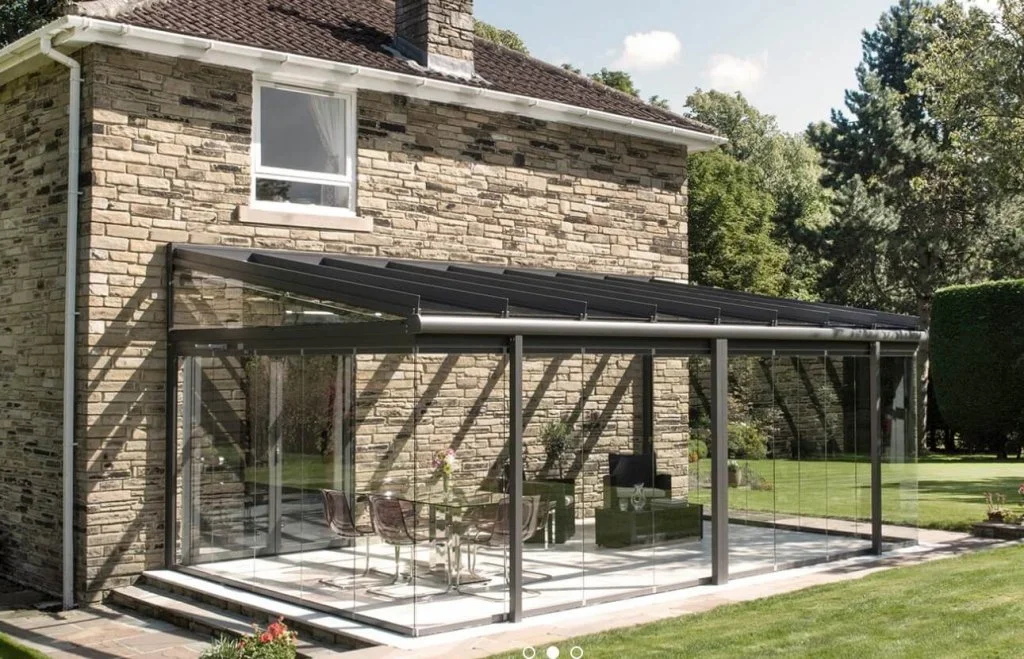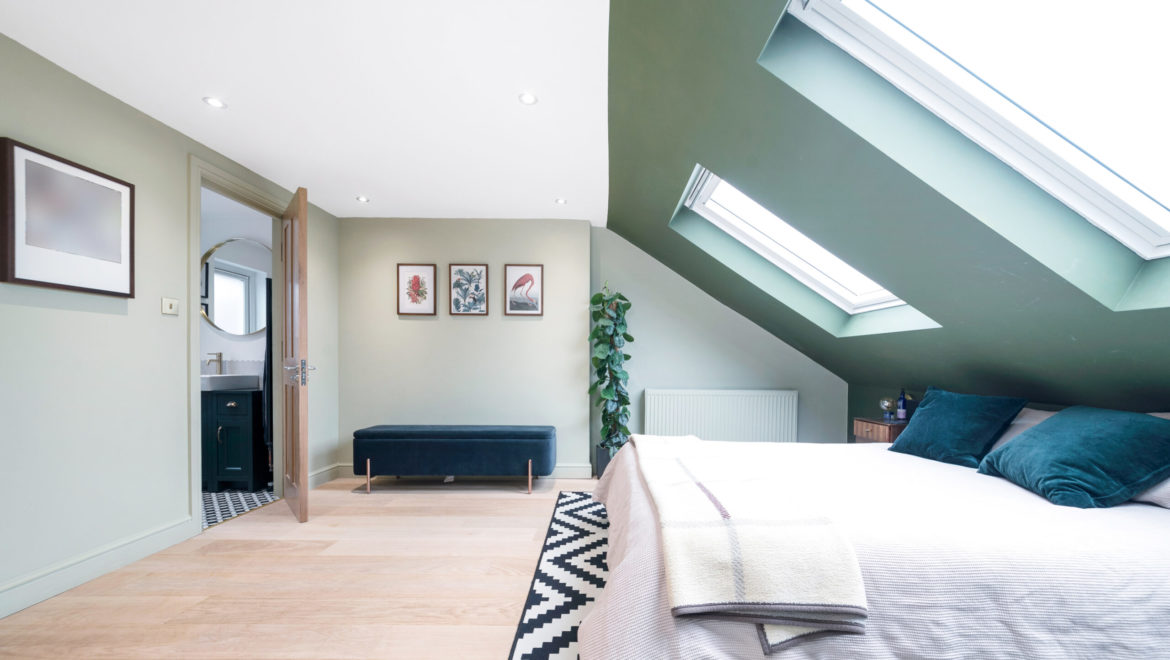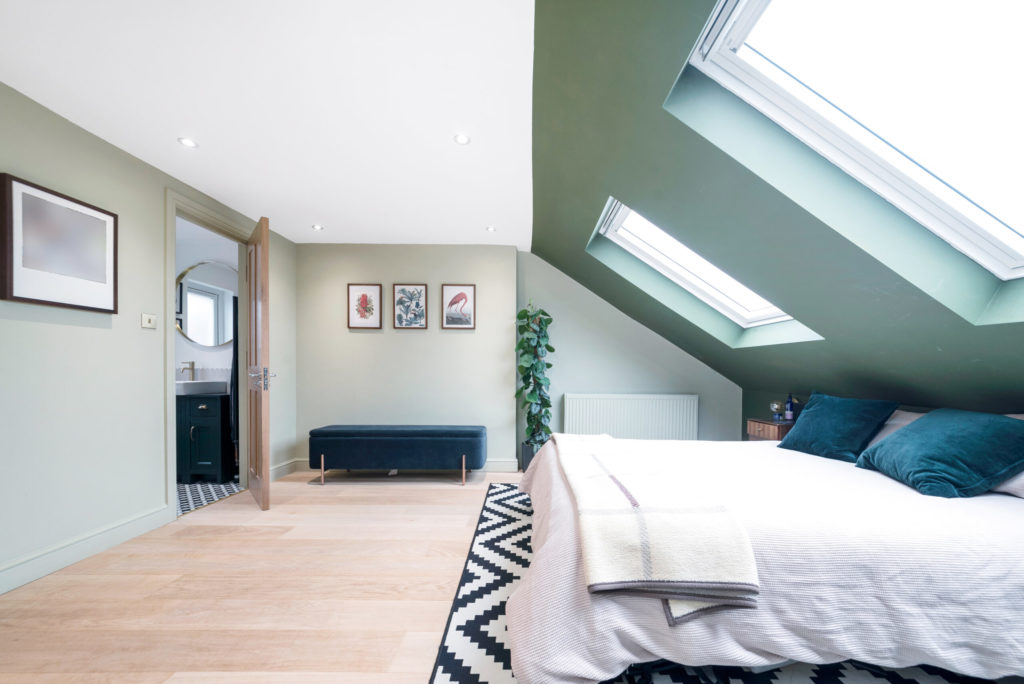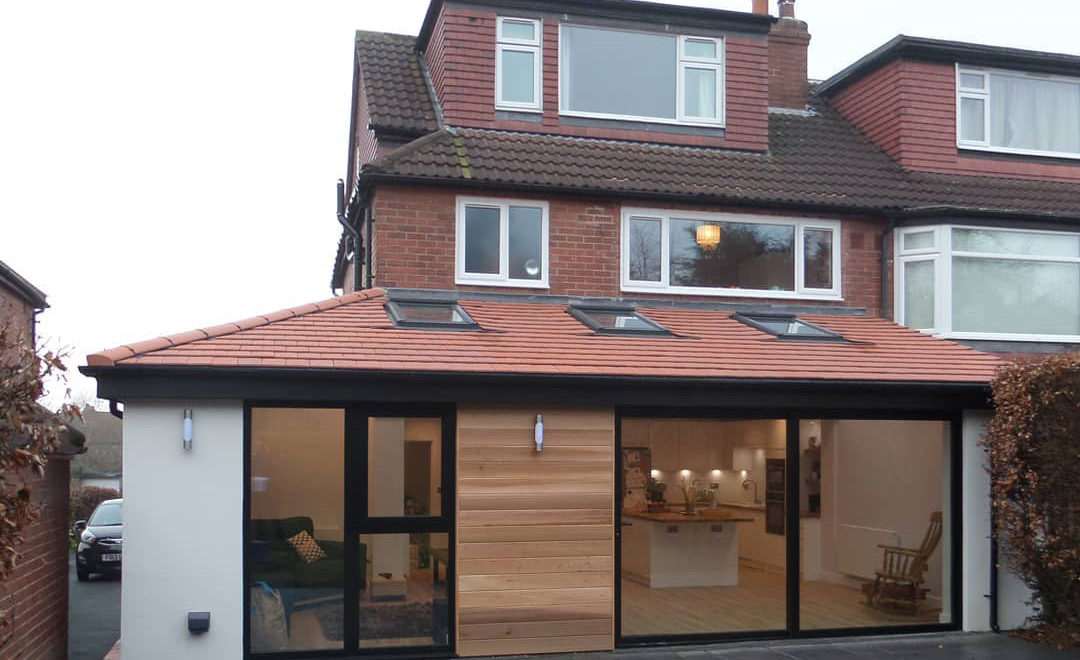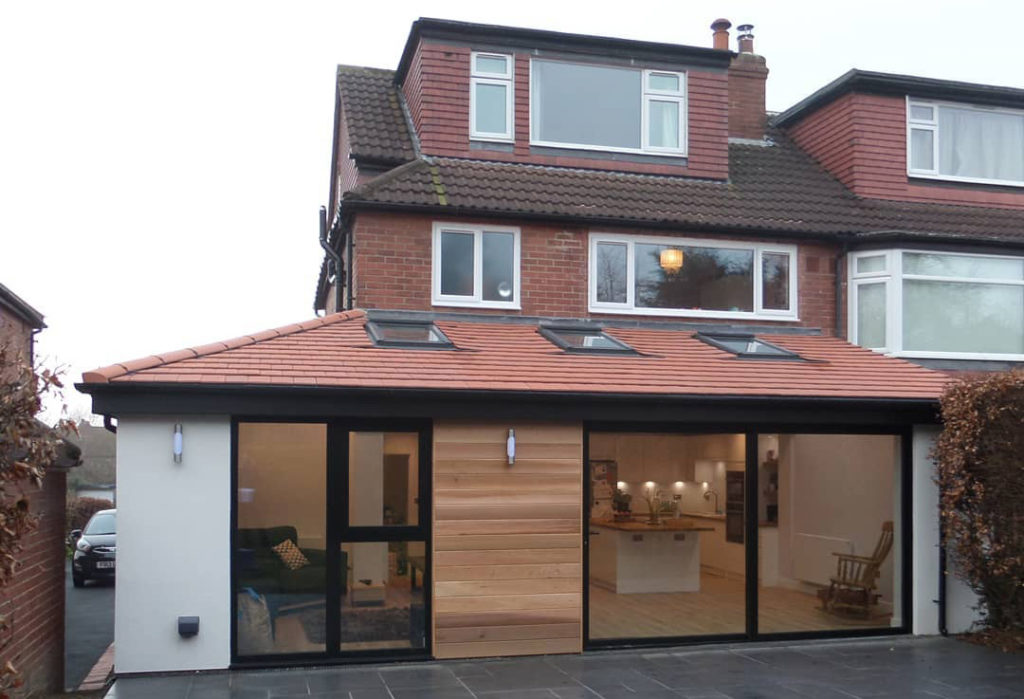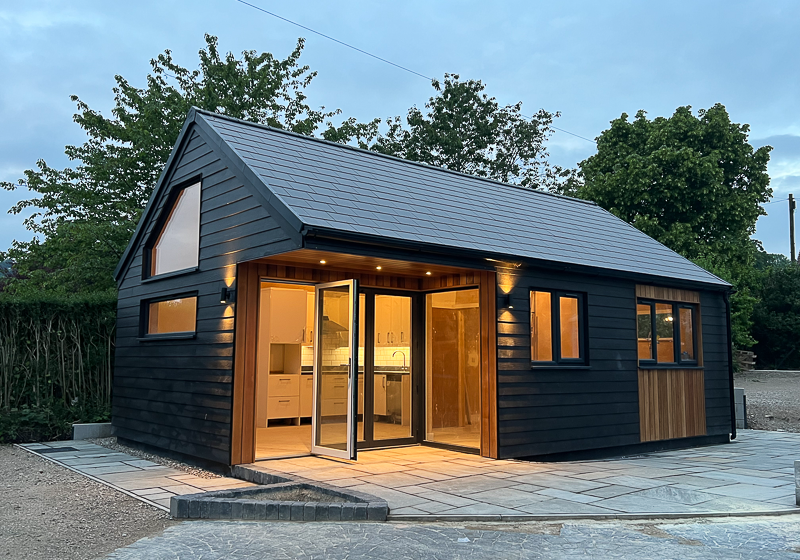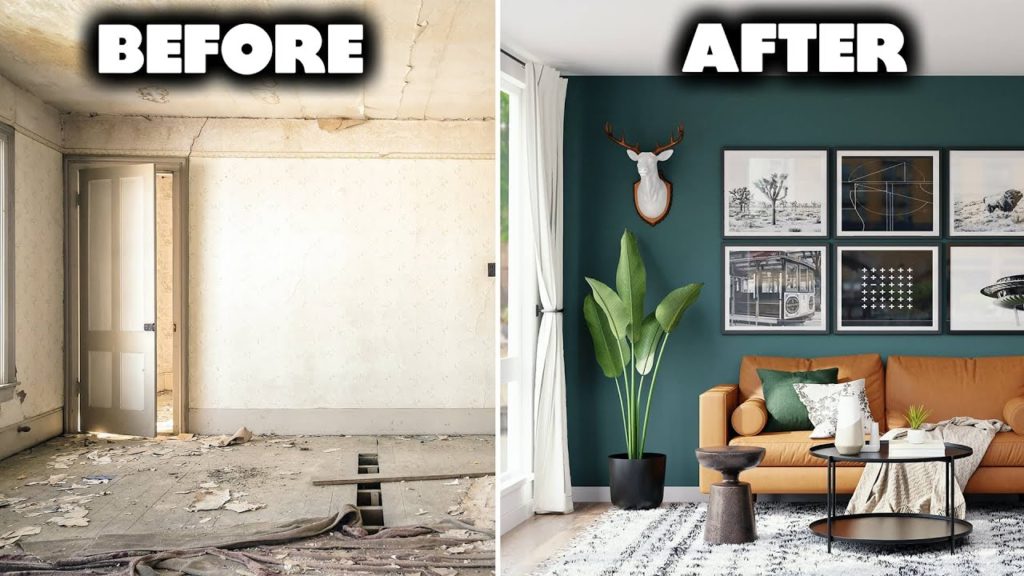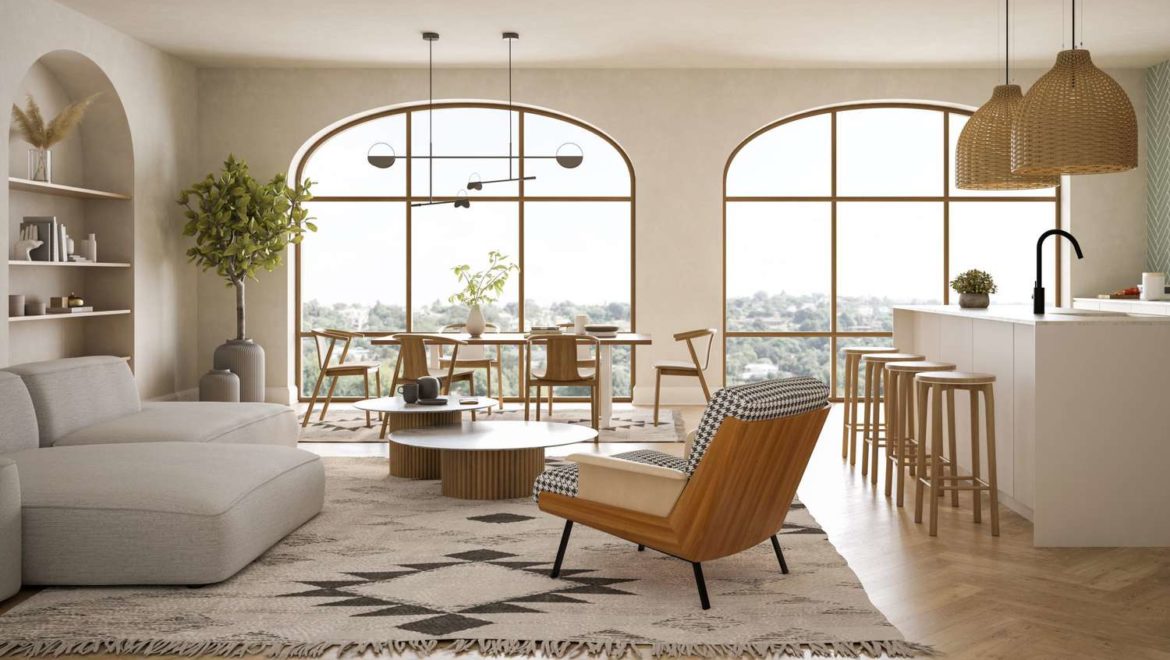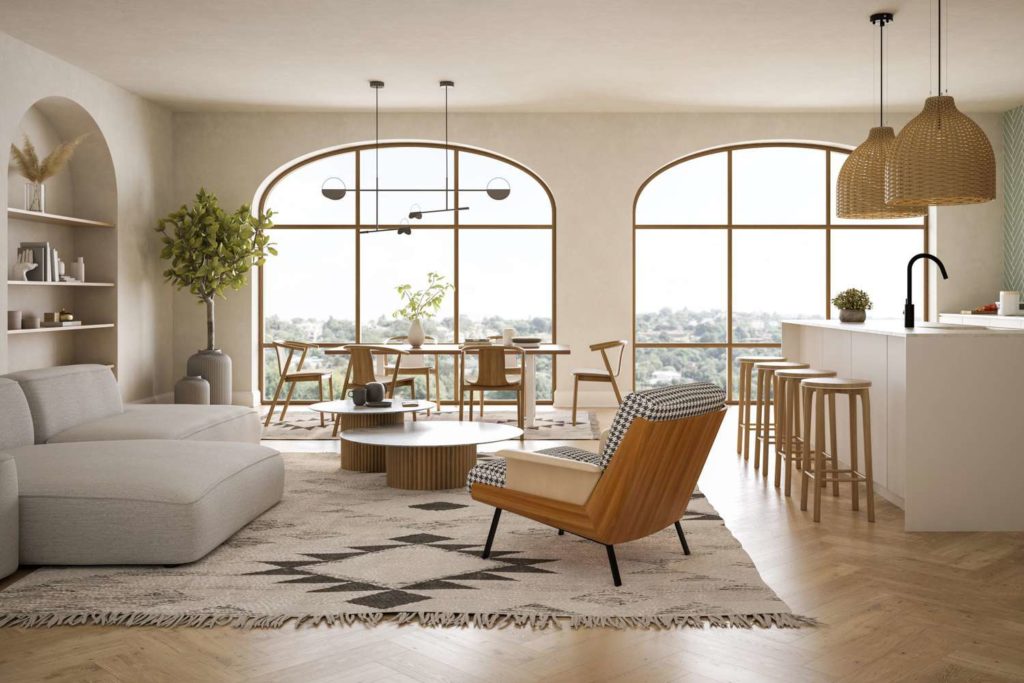The Allure and Advantages of Glass Extensions
In the realm of modern architecture and interior design, glass extensions have emerged as a captivating and innovative way to seamlessly blend indoor and outdoor spaces. These structures, characterized by their extensive use of glass walls and roofs, are more than just architectural elements; they represent a fusion of aesthetics, functionality, and a deep connection with the natural environment. Glass extensions have gained immense popularity in recent years, transforming homes and commercial spaces into luminous havens of contemporary design.
The Aesthetic Elegance
Glass extensions evoke a sense of timeless elegance and sophistication, often becoming the focal point of a building’s design. The transparency of glass allows for an unobstructed view of the surrounding landscape. Creating a visual continuity between the interior and exterior. Whether it’s a sprawling countryside, a lush garden, or a panoramic urban vista, the incorporation of glass dissolves the traditional boundaries. Resulting in an immersive experience of space and light.
Architects and designers are embracing the challenge of seamlessly integrating glass extensions into various architectural styles. From ultra-modern homes to historic structures, glass extensions offer a unique juxtaposition of old and new, where the sleekness of glass complements the character of the original building. This synthesis of styles creates a dynamic conversation between the past and the present, contributing to a rich architectural narrative.
Nurturing Natural Light
One of the most captivating aspects of glass extensions is their ability to amplify the presence of natural light. Sunlight pouring through the glass walls and ceilings infuses the space with a warm and inviting ambiance. This not only reduces the need for artificial lighting during the daytime but also positively impacts the mood and well-being of the occupants.
In urban environments, where limited access to natural light is often a concern, glass extensions provide an ingenious solution. By channeling sunlight into areas that would otherwise remain dimly lit, these extensions can transform previously underutilized spaces into vibrant, habitable zones. The interplay of light and shadow that occurs within a glass-encased environment adds an artistic dimension to the architecture, as the changing patterns throughout the day create an ever-evolving visual spectacle.
Harmonious Connection with Nature
In an era marked by urbanization and detachment from the natural world, glass extensions facilitate a renewed connection with nature. By erasing the boundaries between indoor and outdoor spaces, these structures encourage a seamless transition between the two realms. Residents can relish the changing seasons, witness the dance of raindrops, and bask in the golden hues of sunset – all from the comfort of their sheltered haven.
Furthermore, glass extensions foster a strong relationship with the environment by encouraging passive heating and cooling. During colder months, the sun’s warmth is harnessed and retained, reducing the need for excessive heating. Conversely, proper ventilation strategies can prevent the structure from overheating in the summer. This ecological mindfulness aligns with the growing emphasis on sustainable design and eco-friendly architecture.
Versatility and Functionality
Beyond their aesthetic allure, glass extensions offer remarkable versatility and functionality. These spaces can serve a multitude of purposes, from expanding living areas and creating inviting dining spaces to serving as tranquil home offices or art studios. The adaptability of glass extensions ensures that they cater to the unique needs and lifestyles of each individual or family.
Architects often incorporate innovative technology into the design of glass extensions, such as motorized retractable roofs, smart glass that can be tinted for privacy, and energy-efficient glazing systems. These technological advancements enhance the user experience while optimizing energy consumption and environmental comfort.
Conclusion
Glass extensions have redefined the boundaries of architectural design and the concept of interior space. With their seamless integration of nature, boundless light, and versatile functionality, they have become much more than mere structural elements. They are transformative experiences that meld the worlds of indoor and outdoor living. As architectural innovation continues to push the envelope, glass extensions stand as a testament to the harmonious coexistence of human ingenuity and the natural world.
